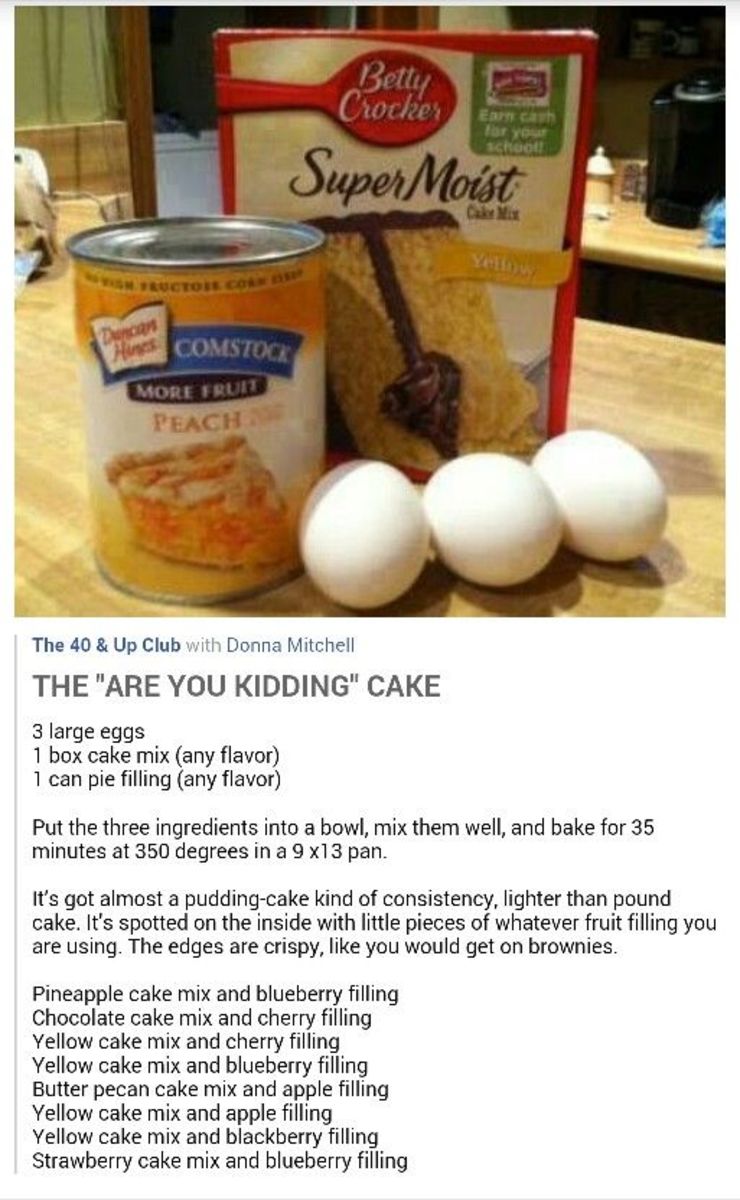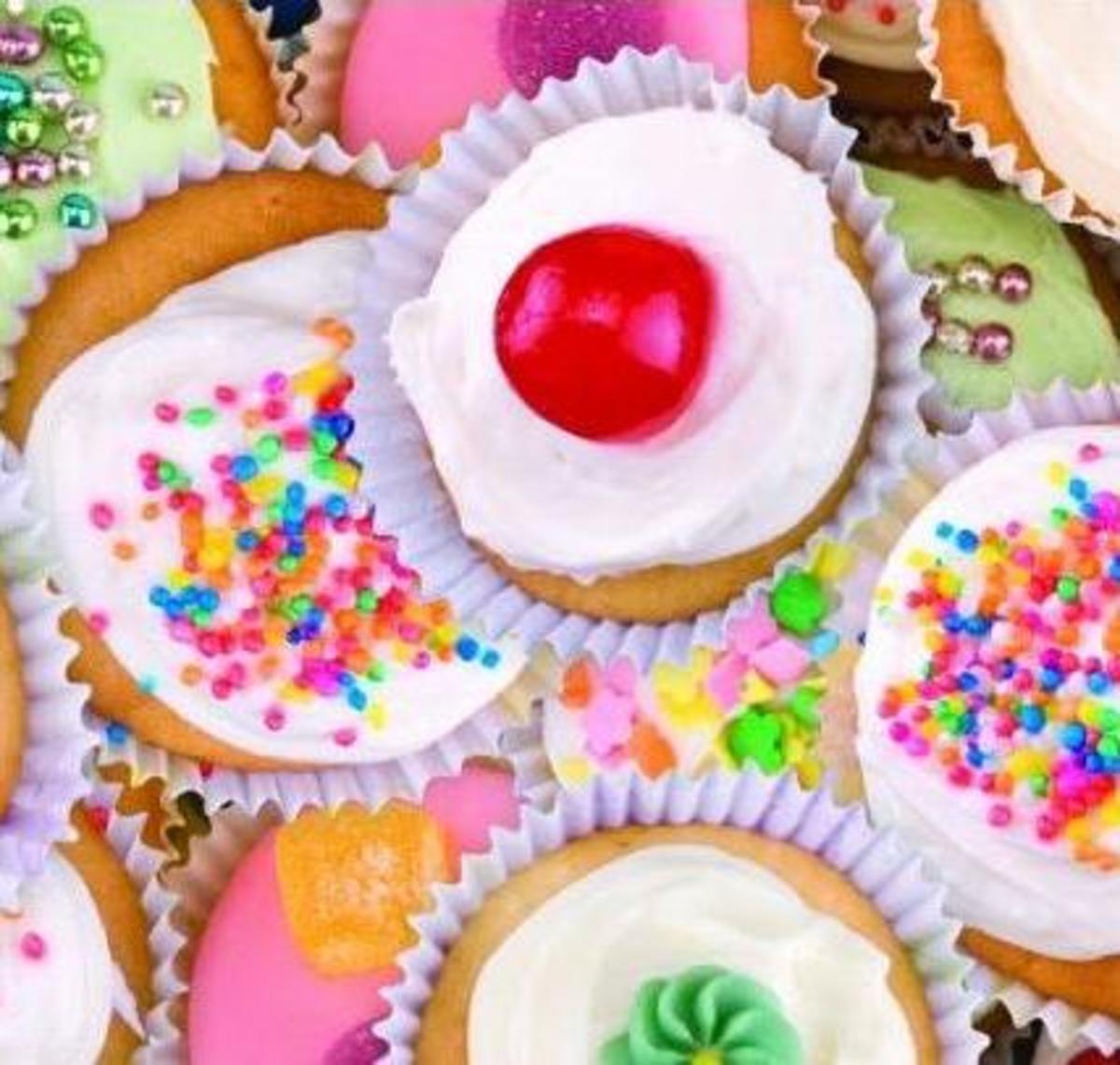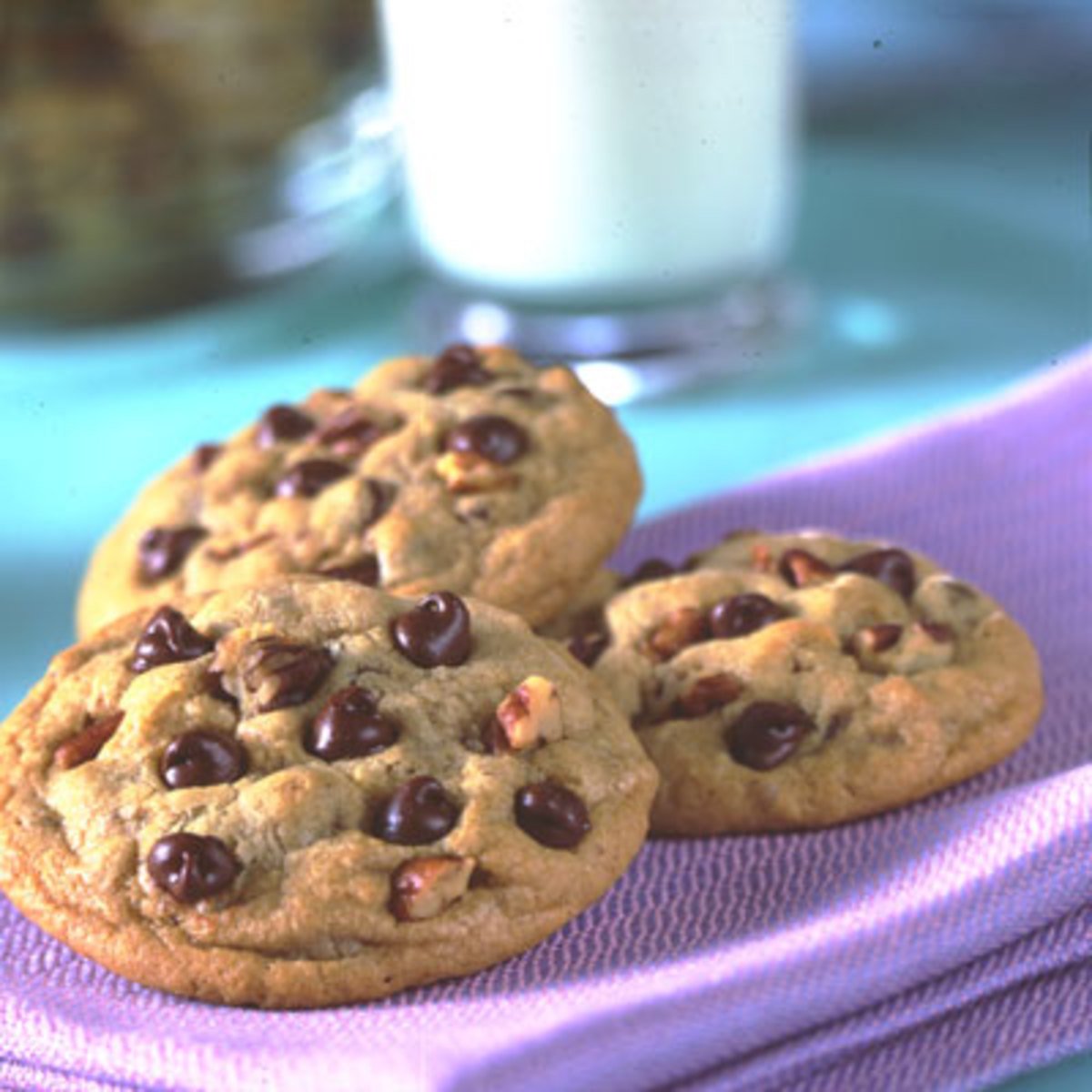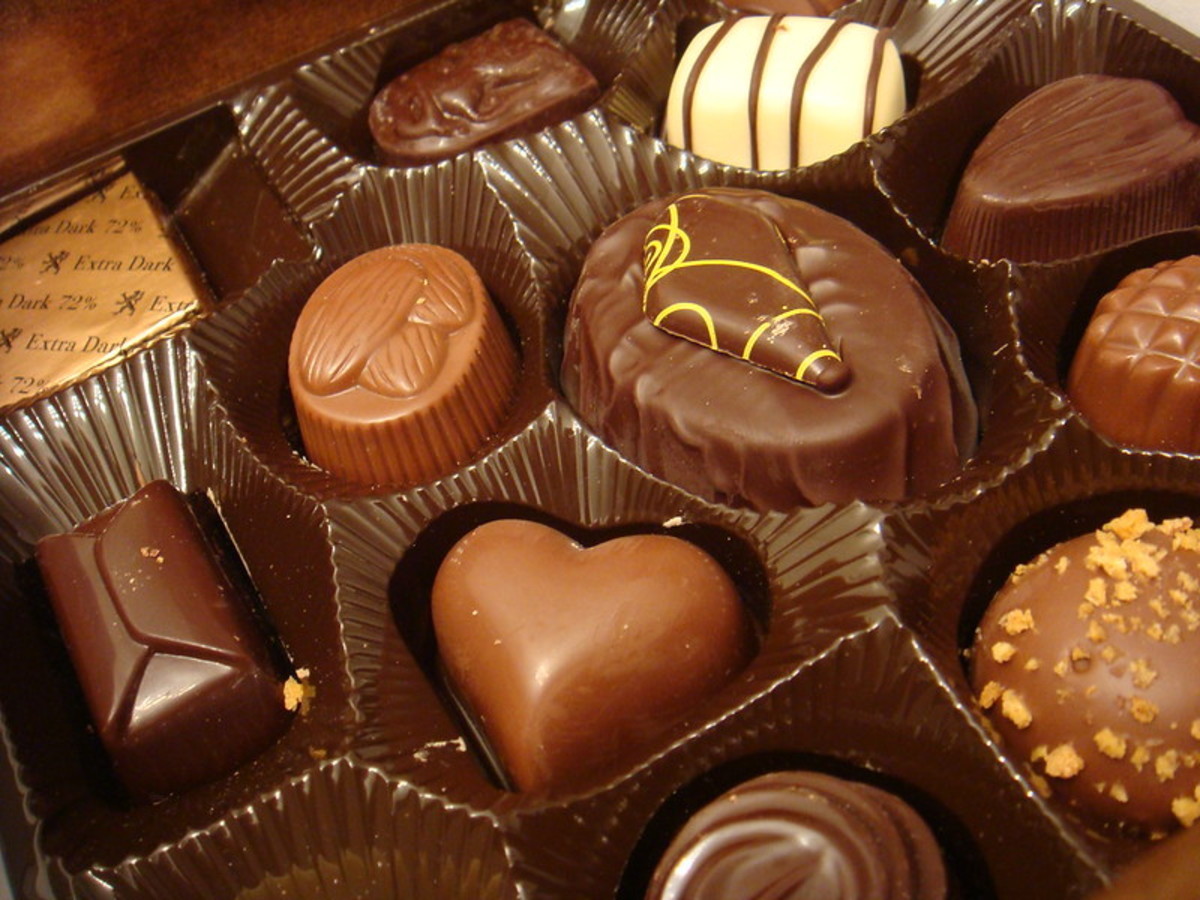- HubPages»
- Food and Cooking»
- Dessert Recipes»
- Chocolate Desserts
Scrumptious chocolate cupcakes
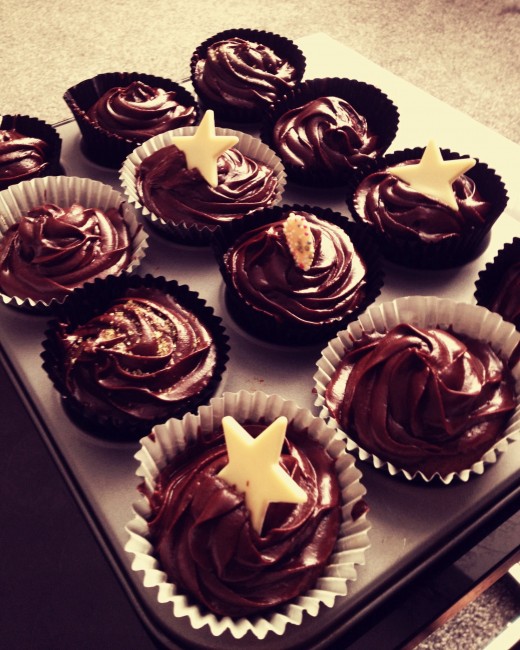
This simple recipe for chocolate cupcakes with chocolate ganache icing makes 16 cupcakes
Ingredients
- For the cakes:
- 110g Margarine
- 110g Caster Sugar
- 2 Medium eggs
- 75g Self raising flour, Sieved
- 25g Cocoa powder, Sieved
- For the chocolate ganache:
- 75g Unsalted butter, Soft
- 175g Icing sugar, sieved, Plus extra to dust
- 45g Cocoa powder
- 10ml Milk or water, Warm
- 16 Cupcake cases
Instructions
- Preheat the oven to 180 degrees and place the cupcake cases into a cupcake tin
- Cream together the butter and sugar until light and fluffy. Gradually beat in the eggs to create a runny mixture
- Gradually fold in the flour and cocoa powder with a metal spoon
- Place spoonfuls of the mixture into the cupcake cases and bake for 15-20 minutes until well risen and firm to touch. Remove the baking tin from the oven and leave to cool
- Whilst waiting for the cupcakes to cool, place the butter in a bowl and beat until soft. Gradually beat in the icing sugar and add enough milk/water until fluffy and spreadable.
- Mix in the cocoa powder and add more milk/water as needed.
- Spoon the icing into an icing bag with a star nozzle and pipe rosettes on each of the cupcakes. Finish off with edible embellishments.
Cook Time
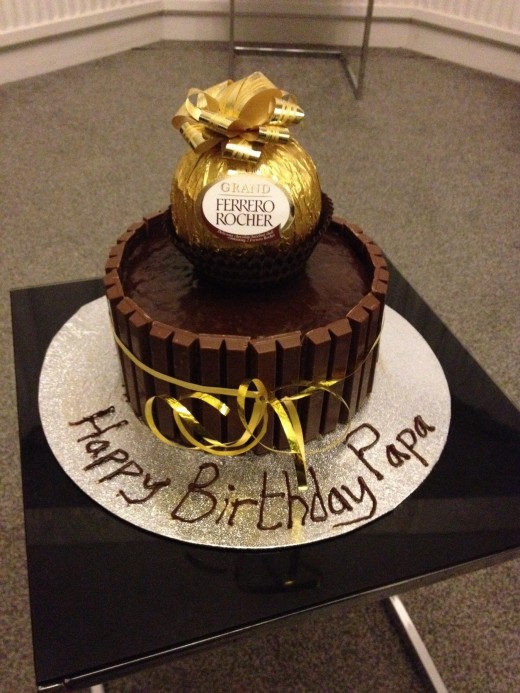
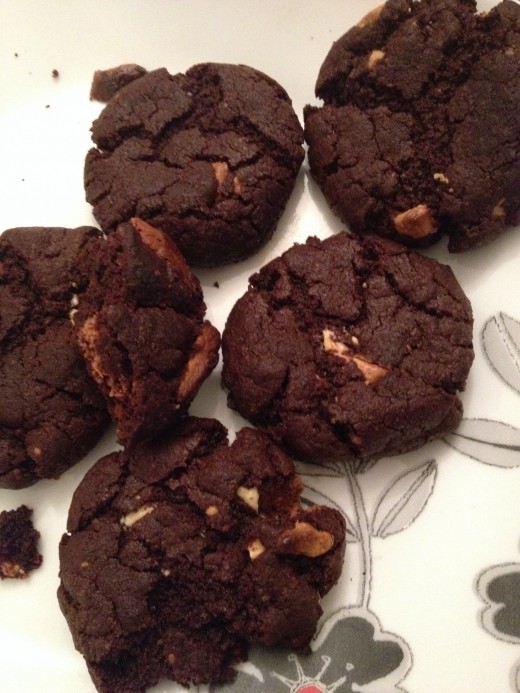
1. The largest cupcake ever was baked in Washington DC and weighed 1176kg (which is over 2,500 pounds!). It stood at 36 inches tall and 56 inches wide - challenge???
2. The record for the most cupcakes ever eaten in 30 seconds is 29 - that's right, pretty much a cupcake a second...probably until the poor guy keeled over!!
3. December 15th is actually National Cupcake Day (this is almost as sad as finding out there is actually a National Sons and Daughters day (August 11th if you're wondering) our parents conveniently forgot to mention... #cheated!)
4. Winston Churchill was apparently the first person who suggested sweet frosting on our cupcakes (or at least the first person anybody listened too!)
5. If you put aaaall the cupcakes eaten last year together their mass would be greater than that of the entire planet!!
6. The prize for the first person to use the word cupcake goes to Eliza Leslie back in 1828
7. There is geniunly such a thing as a cupcake vending maching, it was designed by sprinkles bakery (need I even say what country...good old US of A!) :D
- See more at: http://www.frostandsnow.co.uk/news-blog/cupcake-trivia/#sthash.uvF8nGhX.dpuf
Have fun with your cupcakes recipe! Don't forget to leave a rating and a comment below...
Why don't you take the poll below?
Happy Baking!
Cake poll
What do you prefer?
| Nutrition Facts | |
|---|---|
| % Daily Value * | |
| Fat 11 g | 17% |
| Carbohydrates 22 g | 7% |
| Protein 3 g | 6% |
| * The Percent Daily Values are based on a 2,000 calorie diet, so your values may change depending on your calorie needs. The values here may not be 100% accurate because the recipes have not been professionally evaluated nor have they been evaluated by the U.S. FDA. | |
Did you enjoy this hub?
For more Food hubs by this Author, click on the links below:
http://hubpages.com/food/Chocolate-Raspberry-Truffles
http://hubpages.com/food/4-Must-Have-Winter-Desserts
http://hubpages.com/food/4-MORE-Winter-Treats
Check out my new craft hub:
Baking trivia!
1. Chocolate chips were invented after the chocolate chip cookie.
It’s true: the cookie preceded the chips. Chocolate chips were created in response to the cookie’s popularity, rather than the cookie being designed as a vehicle for the chips.
The first chocolate chip cookies were actually made by mistake. As the story goes, baker Ruth Wakefield tried to add chopped chocolate to cookie dough in hopes that it would be a shortcut to making a type of chocolate cookie, melting as the cookies baked. Well, the chocolate didn’t melt all the way, but those melty bits of chocolate studded in the cookies were good enough to be declared a new classic. The popularity of this happy accident would spur the production of easy-to-use chocolate chips a few years later, which turned out to have many more uses than just making chocolate chip cookies.
2. Cream of tartar is a byproduct of winemaking.
The next time you say “cheers,” add a small “thank you” to your wine for producing the cream of tartar that makes your meringues so lofty and your snickerdoodles so tender.
Cream of tartar is formed from the sediment left over in barrels after the winemaking process. Once formed, it’s scraped off of the sides of the barrels and then cleaned and ground to form cream of tartar. It’s actually been stated that cream of tartar residue has been found in pottery dating back 7,000 years!
3. German chocolate cake has nothing to do with Germany.
The “German” of German chocolate cake fame was actually a man named Samuel German, who was an employee of an American chocolate company. German didn’t invent the cake, but he is the one who developed German’s sweet baking chocolate, which is a key ingredient in the cake.
Perhaps the most interesting aspect of the story, though, is that the chocolate was developed nearly 100 years before the cake began to gain popularity. The cake was first dubbed “German’s chocolate cake,” but it was eventually shortened to “German chocolate cake.” This means that Samuel German died long before he got to taste the now-famous cake that bears his name.
4. Boston cream pie is actually a cake.
Well, if you’ve ever tasted Boston cream pie this isn’t news to you. But why call it “pie” instead of cake?
Many label it a case of “lost in translation.” As folklore has it, the dessert, which was made famous at Boston’s groundbreaking Parker House Hotel, was developed by an Armenian-French pastry chef. At the time when the dessert was developed, pie tins were far more common in American households than cake pan. If the cake was originally baked in pie tins, it’s easy to see how the multicultural chef, whose first language was not English, might use the terms “pie” and “cake” interchangeably.
This isn’t the only cake of an incorrectly named “pie.” Cookbooks from the 1850s reveal several similar confections, including “Washington pie,” which is a cake somewhat similar to Boston cream pie.
6. Blondies preceded brownies.
If you delve into old cookbooks, you’ll find that blondies were in recipe rotation before brownies, though they both went by different names. As early as the mid-19th century, there were recipes that seemed to combine the flavors of butterscotch, a popular candy at the time, with flour and a leavening agent. It’s possible that these recipes were adapted from old-time gingerbread recipes and combined with the flavors of butterscotch.
The first recipes for brownies, on the other hand, didn’t start cropping up in cookbooks until the early 1900s.
5. Baked Alaska was created in New York City.
What we commonly call “Baked Alaska” was dubbed as such by the famous Delmonico’s Restaurant in New York City in 1876 to celebrate Alaska’s annexation.
The restaurant didn’t invent Baked Alaska, though. The dessert was developed by an eccentric fellow who went by “Count Rumford” (whose real name was Benjamin Thompson and who was a physicist and rumored spy). As he was experimenting with dessert techniques, Count Rumford realized that while pastries would conduct the heat and protect a cold core, a layer of meringue would do so to an even greater degree. He created a dessert that was called either “omelet surprise” or “omelet à la norvégienne,” which translates to “Norwegian omelet,” in reference to its snowy appearance.
7. Croissants weren’t created in France.
Could there possibly be a French-ier thing than a flaky, buttery croissant? Despite these buttery delights’ association with France, they are actually an Austrian creation. Croissants were preceded by something called “kipferl,” which is a dowdier, simpler version of the croissant developed in Austria.
It’s said that the concept was taken to France by a man named August Zang, who founded a Viennese bakery in France. He introduced yeast into the butter pastry, and the method quickly took off — the French croissant as we know it was born.
8. Girl Scout cookies were originally homemade.
Boxed cookies weren’t how the Girl Scout cookie phenomenon started. Originally, the cookie baking was an at-home activity, and the cookies were sold as a fundraiser at a classic bake sale for the first time in 1932. The response was so positive that the savvy Scouts realized they’d maximize sales if they spent more time selling than baking, and the cookies began to be produced commercially. Enthusiasm only grew, and by 1937, more than 125 Girl Scout Councils were hosting sales.
The offerings increased — and so did sales. Today, it’s hard to imagine a world without boxed Girl Scout cookies!


